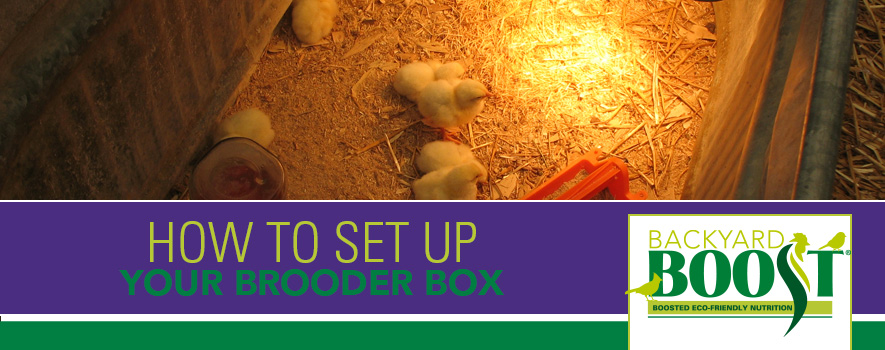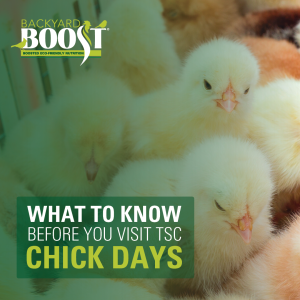
There’s no place like home, and when you’re a baby chick there’s no place like a brooder box. Wait? Is that right? A brooder box could be the second-best thing to a broody mother hen for a group of chicks that just hatched or have been purchased to be someone’s companions or backyard project. The brooder box is a small, protective place with all the comforts of a mother hen – warmth, shelter and food.
Brooder boxes can be simple – a cardboard box – or complex – a store purchased, multi-material housing unit. Basically, a brooder box is a small box that can contain your baby chicks, protect them from the elements and from predators (never trust a smiling cat) and keep them and their feed and water safe and in one temperature-controlled place.
A brooder box should have four walls and a floor. If you are worried about them flying away, you might want to put a mesh wire or some other breathable material over the top. However, you would typically only keep the chicks in the brooder box until they develop their juvenile feathers, about six weeks old. The only time you might keep them in longer is in the winter months, if it is too cold to transfer them to their coop.
Boxes can be literally a cardboard box, although it might start to smell after a few weeks with no way to clean the bottom, a plastic tote or a wooden box. You can make your own out of any of the mentioned materials or you can purchase a ready-made or easy-to-assemble brooder box at a farm store or online.
Inside the brooder box, you will want to put some soft bedding like white shavings, shredded paper or straw that will absorb waste material while keeping them warm. Try to avoid cedar shavings or other scented wood shavings that could interfere with their respiratory system. You will also need shallow containers for food and water and a heat source on one side of the box.
You will want to have a heat light on one side of your box. Make sure it isn’t too close to the box as not to melt the box or catch it or the bedding on fire. Also, if it is too hot, the chicks will get to hot, and could die of heat stress. Likewise, if the chicks get too cold, they will cuddle together to keep warm, and the cold can prove fatal as well, particularly in the first week. If you can put your hand in a place in the box that is comfortably warm without getting burned, then it is likely warm enough for the chicks.
When it comes to food and water, you will want to provide them all they want of a starter feed. Make sure it is in a feeder that the little chicks can easily get to and peck from. Also, make sure the water containers are shallow enough that the chicks won’t drown, but can stay hydrated. A jar lid usually works well for the first few weeks until the chicks are accustomed to drinking. You might need to help them find the water initially by putting their beaks in the water source. Because the water can get shavings, feathers and waste in it, be sure to clean it and change it out often. Every time you give your chicks fresh water, you should mix in Backyard Boost® Defense, a liquid supplement for poultry designed to support digestion and a healthy immune response. Backyard Boost Defense will help keep your birds healthy during this vulnerable time in their lives.
Once you have got your chicks settled into their new “home” you will want to continue to make sure their brooder is clean by removing any waste and wet bedding every few days. As the chicks grow, you will need to clean the box more regularly. Also, be sure the chicks’ vent, the place where their waste and eggs come out stay clean to help them stay healthy. Clean the vent area by gently wiping any feces off with a wet paper towel.
If you can’t settle in with your mother hen, settling into a brooder box is the next best thing. Get your brooder box prepared so it is ready when your chicks arrive. The brooder box will help keep them safe and secure, and help you know that your chicks are in the best place possible during their first few weeks of life!
###

